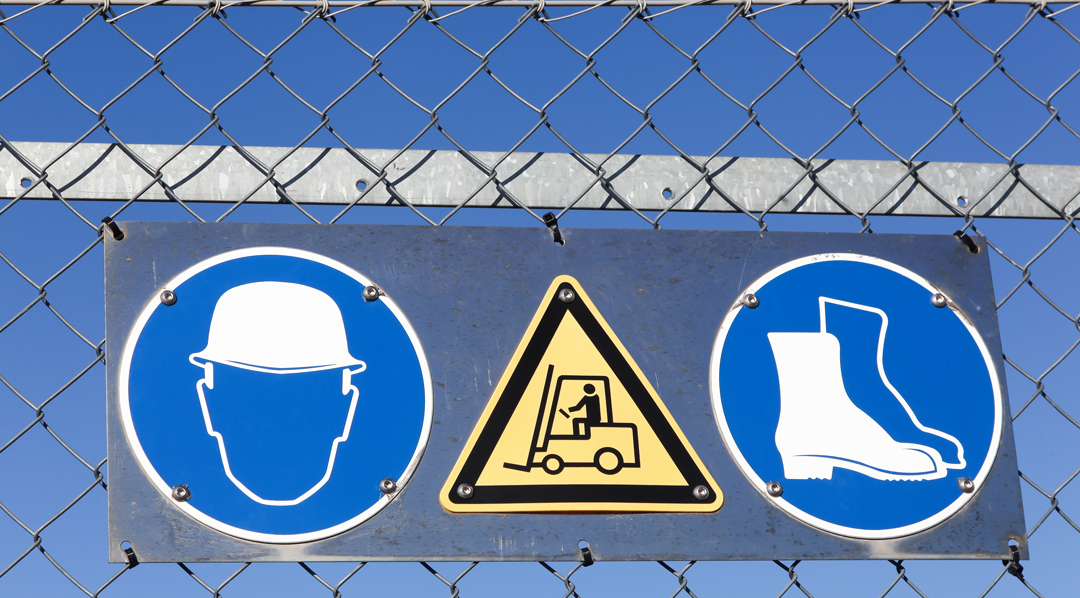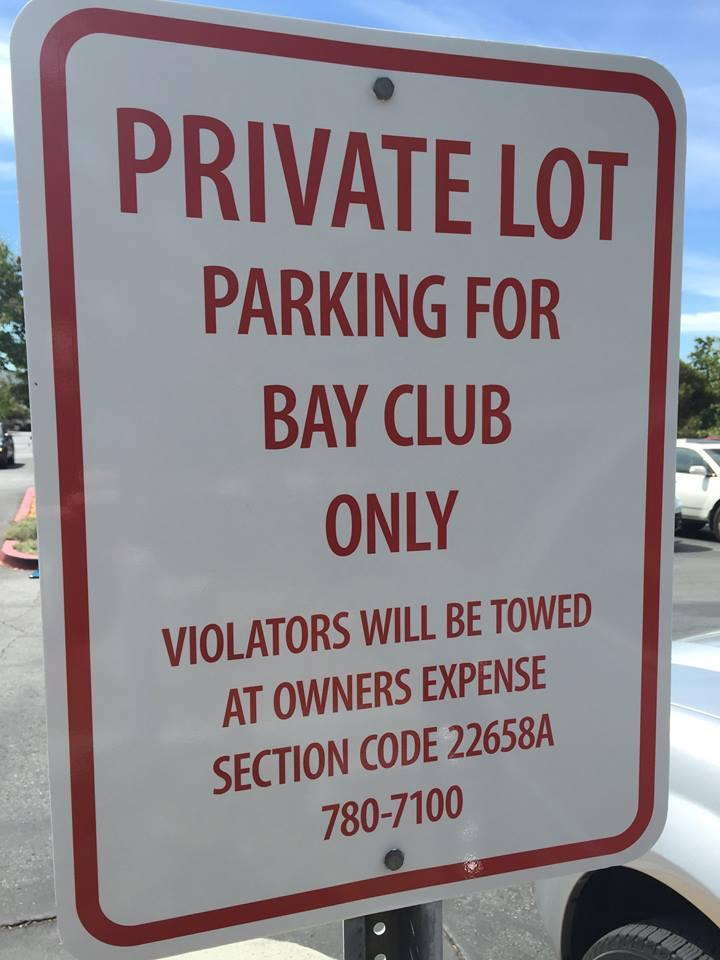From manufacturing plants, warehouses, storage facilities and offices, proper facility signage keeps your employees safe and on task.
While safety signs are essential, it doesn’t stop there. Wayfinding signs help workers find their way, remind them of the steps in a process, provide instructions for how to use equipment and inform them of company happenings.
When you partner with SpeedPro, we’ll help you craft a facility signage strategy that checks all the boxes.
Why Is Facility Signage Important?
You want your facility to be easy to navigate, from new employees to veteran workers.
We have all started at a new company, which feels foreign and unfamiliar, like landing on the moon. However, with the proper signage, your new employees can feel more confident in doing their jobs with less stress of getting lost (or hurt)!
Wayfinding signs will put old and new employees at ease. Common wayfinding facility signage includes:
- Prominent floor signs that indicate emergency exit signs
- Restroom signs
- PPE storage signs
- Conference rooms
- Designated parking signs
Informational signage makes employees aware of things that keep them safe. When they see the same sign every day, the information becomes burned into their brain! Common informational facility signage includes:
- Fire extinguisher location sign
- Eye wash and first aid station signs
- No smoking signs
- Private property and no trespassing signs
- Forklift caution signs
- Social distancing signs
- Other safety/danger/caution signs
Types Of Workplace Safety Signs
Safety at work is of the utmost importance. Safety videos and meetings sometimes go in one ear and out the other, but proper signage makes a lasting impression and serves as a daily reminder of employee expectations.
Six main types of safety signs keep your employees aware and protected. These signs include:
Danger signs
These signs are essential in workspaces with heavy machines and forklifts. They include signage such as high voltage, pipe markers, toxic waste and crush zone.
Prohibition signs
Prohibition signs depict a red circle with a line through a symbol. It’s a highly recognizable sign; an example is the No Smoking sign. In addition to smoking, prohibition signs can also include no eating or drinking, do not enter or do not use.
Fire signs
Fire safety signage and signposts indicate where emergency fire equipment is located in the event of a fire. NFPA-approved high-impact signage should clearly indicate where fire extinguishers are so that employees can quickly find them in an emergency. In addition to fire extinguisher signs, other fire signs include fire alarms, fire hoses, and a detailed map of all the fire exits.
Emergency information signs
Emergency signs are among the most important type of facility signs. Maintaining a level head in an emergency is hard, so prominent signage is essential. Emergency signs include exits, first aid stations, lifeboats, emergency telephones, and assembly areas.
Mandatory signs
In some areas of your facility, there may be strict rules for your employees to follow to keep them safe. Reminders of the rules for a job can be overwhelming, so proper signage ensures that no one will forget. Examples of mandatory signs include hard hat areas, crossing signs, vest signs and handwashing signs.
Warning signs
Warning signs inform employees of potential hazards. From ‘slippery when wet’ hazard signs to ‘caution: watch for vehicles’ traffic signs in your parking lot, these signs help prevent accidents.
Understanding OSHA Standards For Workplace Signs
What is the difference between an OSHA sign and a workplace safety sign?
Some OSHA standards for signs are mandatory, and you can’t change them. Don’t worry; Speedpro has you covered! We’re well-versed in OSHA standards to ensure your signs are compliant.
Many OSHA safety signs must have an approved design. OSHA-regulated safety signs include:
- Danger
- Caution
- Safety Instruction
Outside of OSHA-regulated sign requirements, you can get creative with non-safety signs. The more memorable and unique your company’s signage, the more likely your employees will notice them.
How Do You Determine The Right Signage For Your Workplace?
Facilities like manufacturing plants, storage facilities, warehouses, and offices can benefit from high-quality employee signage. From keeping them safe to reminding them of emergency exits and eye wash stations, no one ever forgets a well-placed sign.
As you start to investigate your signage needs, be sure to consult OSHA’s regulations for a place to start. OSHA provides a list of mandatory signage as well as suggestions on other ways to keep your employees safe. Start with what is a requirement, and then branch off from there.
Remember, only the signs required by OSHA have to be industry standard. For non-safety signs, you can (and should) get a little creative. A safety scoreboard, for instance, is a great way to promote and track safety in your facility.
Why Work With A Professional For Custom Facility Signage
Ensuring that your facilities meet OSHA standards, as well as your own, can feel overwhelming.
From safety signs to wayfinding signs and everything in between, SpeedPro has you covered for your custom facility sign needs.
We can take the stress out of what OSHA-regulated signage you need, and provide templates, stickers, decals and suggestions for non-safety signs like name plates and placards.
Find your local SpeedPro studio for help creating a facility signage strategy.







































